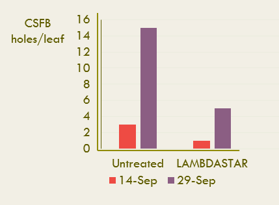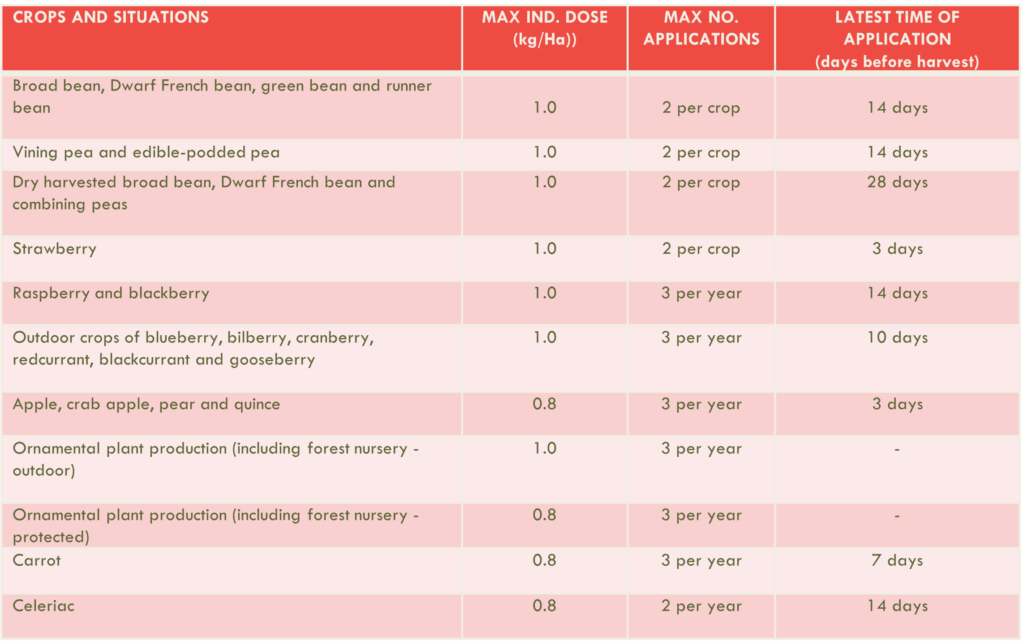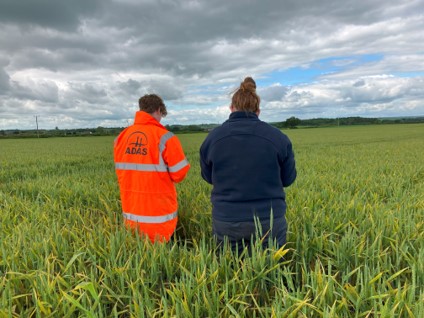Welcome to the July edition of the Life Scientific Newsletter.
2024 has been a challenge to everyone with wet weather making drilling and timely application of crop protection products difficult.
This year we conducted more replicated field trials than ever before to help support current product uses and investigate the best ways to use some of our development products.
We have trials on our new fungicides with ADAS and distributor customers, including a unique combination of triazoles and FLEXURE (our reverse-engineered product based on Helix) which is now approved and available.
In a powdery mildew trial conducted by ADAS, FLEXURE, which contains prothioconazole and spiroxamine, was shown to be the most curative product when compared against standards in the trial.
We are also looking at rust control with this product and will share trial results when we have them.
In addition, we are working with PGRO on MODIF, our reverse-engineered product based on Switch, and we have been working with Warwick University looking at Cabbage Stem Flea Beetle, which will be discussed later in this Newsletter.
Cabbage Stem Flea Beetle
Last autumn and during spring 2024 we collaborated with Warwick University to investigate activity of one of our development insecticides on Cabbage Stem Flea Beetle in a fully replicated trial in winter oilseed rape.
Cabbage Stem Flea Beetle is the most serious pest of oilseed rape, especially as resistance to pyrethroids can be an issue, although some populations appear to be more resistant than others.
Oilseed rape is most at risk from adult feeding damage when the crop begins to emerge, especially if growing points of the plants are damaged. Later feeding damage by larvae within the plant can then reduce yield further.
AHDB’s website advises using integrated approaches to management of the pest and includes a table of spray thresholds when an insecticide should be considered (Cabbage stem flea beetle (CSFB) treatment thresholds in oilseed rape | AHDB). If it is felt that application of an insecticide is appropriate, the product should be used at full rate.
Whilst resistance to pyrethroids is well-known in the pest, not all populations are the same and we are regularly asked if it is worth applying LAMBDASTAR.
In the Warwick University trial, the standard insecticide used was LAMBDASTAR, containing lambda-cyhalothrin, applied in the autumn at the full label rate of 75 ml/Ha.
The table below shows the number of feeding holes per leaf after the first and second treatments applied a week apart compared to the untreated plants.

Numbers of larvae found in the plant in the spring were also reduced following the LAMBDASTAR treatments.


Pictures of adult feeding damage and larva.
Courtesy of Warwick University.
The trial at Warwick University showed that the population at the site is not completely resistant to pyrethroids, but levels of resistance could be much higher on other sites and levels of control may not reach those seen in this trial.
See the approved product label for detailed use instructions and restrictions.
Getting ready for autumn grass weed control
July is a useful time to assess what species and populations of grass weeds are present in your fields as Wild-oats, Rye-grass, Black-grass and bromes appear above the crop. This gives a good opportunity to map the areas that will need the most scrutiny in the autumn and take note of products that have been used previously to help plan an effective strategy for autumn 2024, where the temptation to plant crops earlier than usual may be hard to resist, even with high levels of weed seed return from this years crop.
Summer speciality crops
We are conducting trials work with PGRO to investigate the activity of MODIF (containing cyprodinil plus fludioxinil) against pea diseases compared to other fungicides.
This is the first part of a programme of work proving the activity of this reliable speciality fungicide.
MODIF can be used on the following crops:


